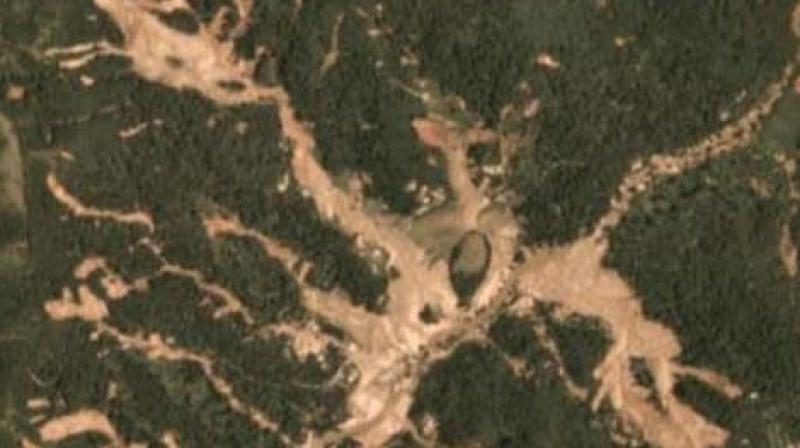Deforestation, encroachment put the entire Western Ghats at risk: Expert
The way forward is for the state government to hold a high level meeting of officers and scientists to address these issues.

Bengaluru: Dr Keshav H. Korse, a conservation biologist from Sirsi, who is working in the area of climate change and conservation, made the following observations after the recent floods in the Western Ghats :
“The western slope of the Western Ghats is becoming highly vulnerable to major landslides. There is an urgent need to take quick measures to prevent human and property loss and also to design a long term strategy to restore these habitats. The highly vulnerable zones include the Kodagu hills, which are sliding due to large scale encroachment and land conversion using JCBs. The Geological Survey of India report has substantiated this point.
Belthangady in Dakshina Kannada and Sakleshpur in Hassan are witnessing landslides mainly due to topsoil loss and erosion caused by various reasons.
For instance, frequent forest fires have reduced the top soil vegetation such as grass and shoal forest in the Charmady Ghats side while the Yettinahole and Gundya Hydel projects are responsible for the Netravati valley slides.
Thirthahalli and Hosanagara taluks in Shivamogga district, where the Chakra dam is located, have experienced frequent earthquakes for five months and deep land fissures have been formed in many taluks of the Western Ghats after the floods.
The way forward is for the state government to hold a high level meeting of officers and scientists to address these issues.
Teams of geologists, ecologists and forestry and disaster management experts should be formed to study all these spots immediately to assess and come out with holistic solutions
The Disaster Prediction Centre of the state cannot remain dependent solely on weather predictions of the IMD, but should also seek varied field data from the revenue departments of every revenue village. It must study the hill slopes, soil types, water holding capacity of the soil, river bank status, land use patterns of both forest and agriculture areas, and status of run-off water channels to help it predict a disaster in any part of the state.”

